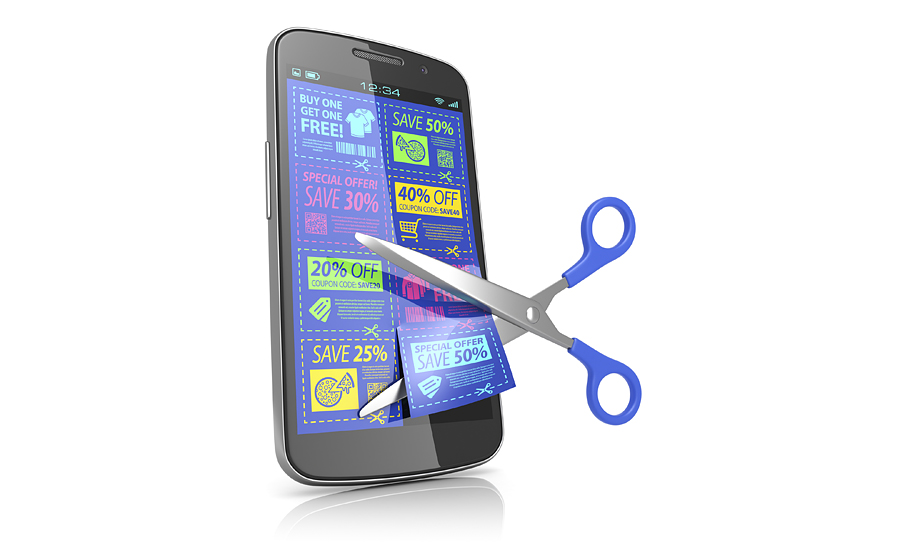Smartphones and tablets now account for 72% of online searches that result in a visit to a food and beverage website, the greatest of any of the sectors analyzed in a new study of mobile search activity by Hitwise, a New York-based division of Connexity.
The study, “Mobile Search: Topics & Themes,” outlines that the food and beverage sector consists of recipe sites, restaurants and food brands and manufacturers. Among the searches that skew the heaviest toward mobile devices are those that start with “is” or “are,” as in “are olives healthy?” or “is corn paleo?” Similarly, research searches, such as those seeking the number of “calories” in a food item, “substitution” suggestions for an ingredient or information on a particular food “recall” are also more likely to be conducted on a mobile device.
Location-based searches are also among the most heavily skewed to mobile. Specifically, 82% of “near me” and 85% of “restaurants in…” searches are conducted on a smartphone or tablet. Searches for a restaurant’s “hours,” “specials” and “reservation” requests are also above average for mobile.
"When hungry consumers are out and about and looking for somewhere to eat, they turn to their smartphone. When hungry consumers are looking for inspiration for a home-cooked meal or a quick tip, they reach for their smartphone or tablet—the modern cookbook—and get the information they need,whether they’re standing in their kitchen or wandering the aisles of a supermarket," says John Fetto, senior analyst. “Food and beverage marketers need to understand that when consumers make a selection from their search results, they don’t want to pinch and zoom their way across an unresponsive site for the information they need. They want meal inspiration that they can engage with quickly and effortlessly on a5-inch screen.”
Mobile devices now account for a majority—or near majority—of online searches for almost every major industry.
Methodology
The study examined hundreds of thousands of online search queries measured by Hitwise across multiple devices, including 3.5 million smartphones and tablets. The analysis, which leveraged the new AudienceView platform, focused on a 4-week period beginning April 10 and ending May 7, and included searches performed on all search engines.


